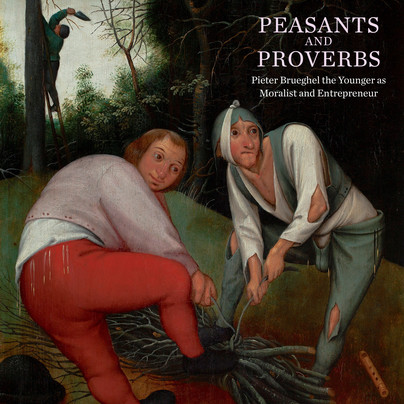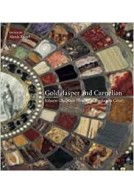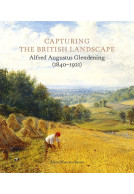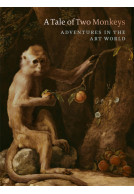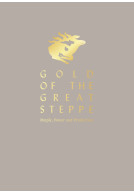Peasants and Proverbs (Paperback)
Pieter Brueghel the Younger as Moralist and Entrepreneur
(click here for international delivery rates)
Order within the next 2 hours, 9 minutes to get your order processed the next working day!
Need a currency converter? Check XE.com for live rates
This catalogue accompanies an exhibition at the Barber Institute of Fine Arts that will shine a spotlight on Pieter Brueghel the Younger (1564 – 1637/38), an artist who was hugely successful in his lifetime but whose later reputation has been overshadowed by that of his famous father, Pieter Bruegel the Elder (c.1525 – 1569).
Peasants and Proverbs: Pieter Brueghel the Younger as Moralist and Entrepreneur shares recent research into the Barber’s comical yet enigmatic little painting, Two Peasants Binding Firewood, setting out fresh insights and offering a new appreciation of a figure whose prodigious output and business skills firmly established and popularised the distinctive ‘Brueghelian’ look of Netherlandish peasant life.
Born in Brussels, Pieter Brueghel the Younger was just five years old when his renowned father died prematurely. Clearly talented, by the time he was around 20 years old, Brueghel the Younger was already registered as a master in Antwerp’s Guild of Saint Luke. Between 1588, the year of his marriage, and 1626, he took on nine apprentices, demonstrating that he had established a successful studio. His workshop produced an abundance of paintings, ranging from exact copies of famous compositions by his father, to pastiches and more inventive compositions that further promoted the distinctive Bruegelian ‘family style’, usually focused on scenes of peasant life. He was, as a consequence, later deemed a second-rate painter, capable of only producing derivative works.
This exhibition and book highlight how a more sophisticated understanding is now emerging of a creative and capable artist, and a savvy entrepreneur, who exploited favourable market conditions from his base in cosmopolitan Antwerp. From this deeper understanding of his practice, his favoured subjects and the market for them, we gain a more profound and compelling insight into the society in which he operated and its preoccupations and passions.
A dozen other versions of Two Peasants Binding Firewood exist and, by examining some of them alongside the Barber painting, and using the insights gleaned from recent conservation work and technical analysis, the exhibition and book will explore how Brueghel the Younger operated his studio to produce and reproduce paintings, and the extent to which the entire enterprise was motivated by trends in the contemporary art market.







